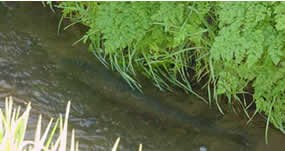
NPS photo Water is Life! But who gets the water? In its natural state, Doan Creek offered ideal habitat for many species of plants and animals, including steelhead trout and salmon. Water is also life for people. Settlers diverted water from Doan Creek to provide irrigation for farmland. Doan Creek water was channeled into a straight, man-made irrigation "ditch," leaving the original streambed dry. But this wasn't the only stream or river in the area that was altered. Dams and irrigation projects decreased habitat and access to spawning areas for fish. Since the time of the Whitmans, steelhead and salmon have experienced drastic population declines and have been declared threatened or endangered. Water and the adjacent riparian areas are critical to other animals as well, especially in the relatively dry Walla Walla valley. A plan to restore fish habitat on park grounds started in 1998. As the idea developed upstream water users also got involved. Today, the park, several private landowners, other government agencies, Whitman College, Walla Walla University, along with many volunteer groups, are working together on this project. Eventually there will be 3.1 miles of river habitat for fish and other wildlife. This will be accomplished while still providing enough water to other users. 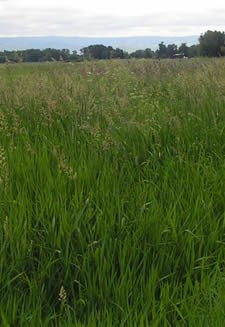
NPS photo Challenges Creating a New Stream Bed Good Plants vs "Bad" Plants Measuring Vital Signs Water Enough for All 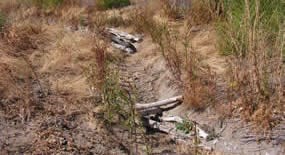
NPS photo An Ugly Duckling . . . For Now To restore a stream takes time, and it is not always pretty:
But, each of these necessary steps is temporary and eventually the awkward days of transition will be forgotten. 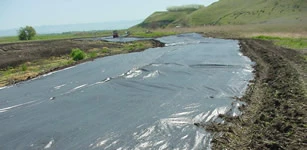
NPS - Renee Rusler 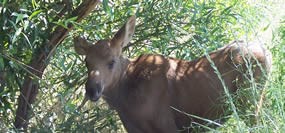
NPS A Brighter Future It make look ugly during the restoration process, but like the Ugly Duckling, a swan will emerge. The sound of running water will return, lush vegetation will shade a gurgling stream, and thankful eyes will peer out from behind leaves. We can't do it alone Restoring the section of Doan Creek that is within the boundaries of the park is a huge project. The effort of many, many people has been involved. The National Park Service (NPS), Walla Walla County Conservation District (WWCCD), and Washington State Fish and Wildlife Service collaborated on the design of the restored Doan Creek. The actual construction of the stream was accomplished in 2005, with the help of many volunteers. The project was supervised by staff from the NPS , WWCCD, and Washington Fish and Wildlife. The Doan Creek restoration is an example of what can be accomplished through collaboration and lots of hard work. 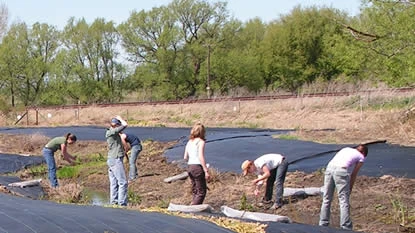
NPS photo 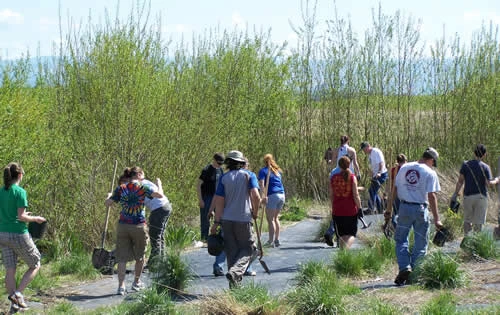
NPS - Renee Rusler Written with the help of Kari Martin, Spring 2007 Whitman College water-monitoring intern. Revised March 2012. |
Last updated: March 19, 2017
